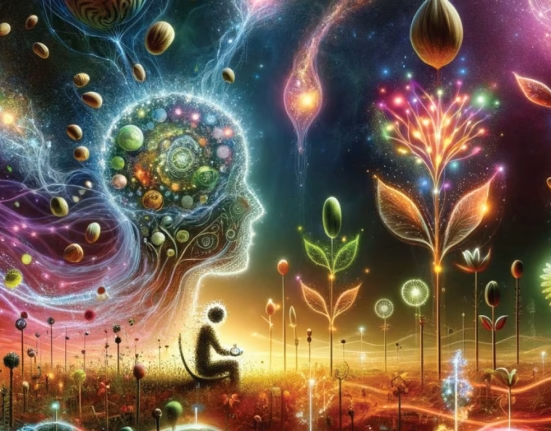Discover what black cat theory reveals about dating, emotional unavailability, and how to build real connections. In today’s relationship culture, we’re constantly being fed ideas about how to be more attractive, more desirable, and more wanted. One of the newer ideas gaining popularity on social media is something called the black cat theory. At first glance, it might seem playful or harmless—but when we look closer, it reveals deeper truths about how we connect with others and how we sometimes lose ourselves in the process.
The term was brought into focus by relationship coach Jillian Turecki, who uses the metaphor of a “black cat” to describe a certain type of emotional energy that’s become glamorized in modern dating. It’s the person who is a little distant, mysterious, emotionally unavailable, or just “hard to get.” They pull away. They don’t respond right away. And somehow, that distance creates more desire.
More: 10 activities that increase feminine energy
Why are we so drawn to black cat energy?
The black cat is attractive because they represent a challenge—an enigma wrapped in emotional distance. Their aloofness can be misinterpreted as confidence, independence, or depth. We’re drawn to them not just because of who they are, but because of what their emotional unavailability triggers within us: the desire to prove ourselves worthy of love.
This is where the illusion takes hold. If we can “win them over,” we imagine we’ve accomplished something extraordinary. It feels like a victory—like we’ve unlocked something no one else could. But beneath that pursuit lies a deeper longing: validation. For those with insecure or anxious attachment styles, the black cat dynamic becomes especially magnetic—and equally destabilizing.
Instead of nurturing a sense of safety or reciprocity, the black cat offers glimpses of attention, moments of warmth, then pulls away. That inconsistency fuels obsession. We begin to equate emotional highs and lows with passion. The unpredictability feels addictive. But what we’re really experiencing is a dysregulated nervous system, not love.
We start questioning ourselves: “What did I do wrong?” “How can I be better?” The more distant they are, the more we crave closeness. The more effort we invest, the less secure we become. It’s a painful loop of chasing connection in places where there is no true emotional availability—only the hope of it.
And that hope becomes the hook. It keeps us stuck in a fantasy of potential, rather than grounded in reality. Healing begins when we recognize that love isn’t something we should have to earn. True connection doesn’t make us feel anxious or inadequate—it makes us feel safe, seen, and whole.
More: Importance of balancing masculine and feminine energy
What does this do to our relationships?
When we idealize the black cat, we can fall into one of two traps:
- We try to become the black cat ourselves—pulling back, acting aloof, or pretending not to care to seem “cool” or more desirable. In doing so, we disconnect from our true needs and feelings.
- We chase black cats—pursuing emotionally distant people and believing that if we try hard enough, they’ll open up and love us fully.
Neither dynamic leads to real intimacy. Both are based on performance, not authenticity. And over time, they can leave us feeling unseen, exhausted, or fundamentally not enough.
More: The number one red flag in a relationship


What black cat theory is pointing to?
At its core, the black cat theory sheds light on how we often misunderstand emotional availability. In healthy relationships, despite what we’ve been taught, people don’t measure love by mystery or effort—they give it freely, without games or distance.
Jillian Turecki reminds us that sustainable love grows in safety, not in confusion. Someone who is emotionally present and genuinely interested might not give us that same “dopamine rush” as the emotionally unavailable person, but what they offer is far more nourishing in the long run.
More: Eckhart Tolle: Guide to love in the presence
A new way forward
Instead of chasing black cats or becoming one, we can learn to recognize the parts of ourselves that crave validation and learn how to meet those needs more directly. We can choose connection over performance, and presence over pretense.
Ask yourself:
- Do I feel drawn to someone’s energy, or do I chase the challenge of being chosen?
- Do I pull back emotionally to protect myself, or to manipulate attention?
- What happens when I am fully myself and someone fully loves me?
There’s nothing wrong with mystery, space, or independence in a relationship. But when those things are used to avoid vulnerability, they build walls, not intimacy. The black cat theory may be trending, but it taps into something timeless: the fear of being too much, too eager, too vulnerable. And the belief that love must be earned through distance.
But real love—safe, mutual, present love—requires none of that. It invites us to show up fully, not to hold back. And that, more than any game, is what truly creates desire that lasts.
Source: Jillian Turecki













